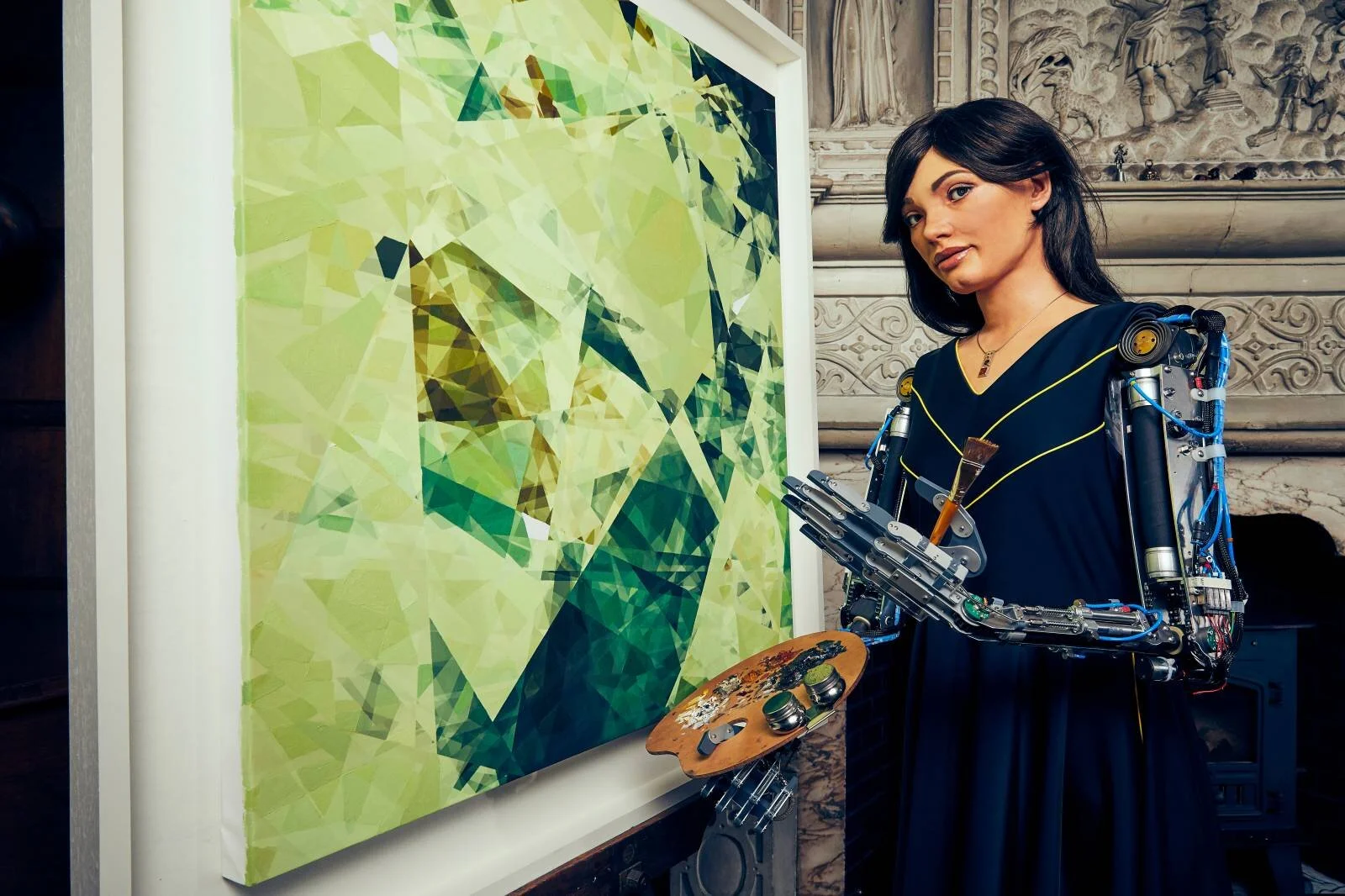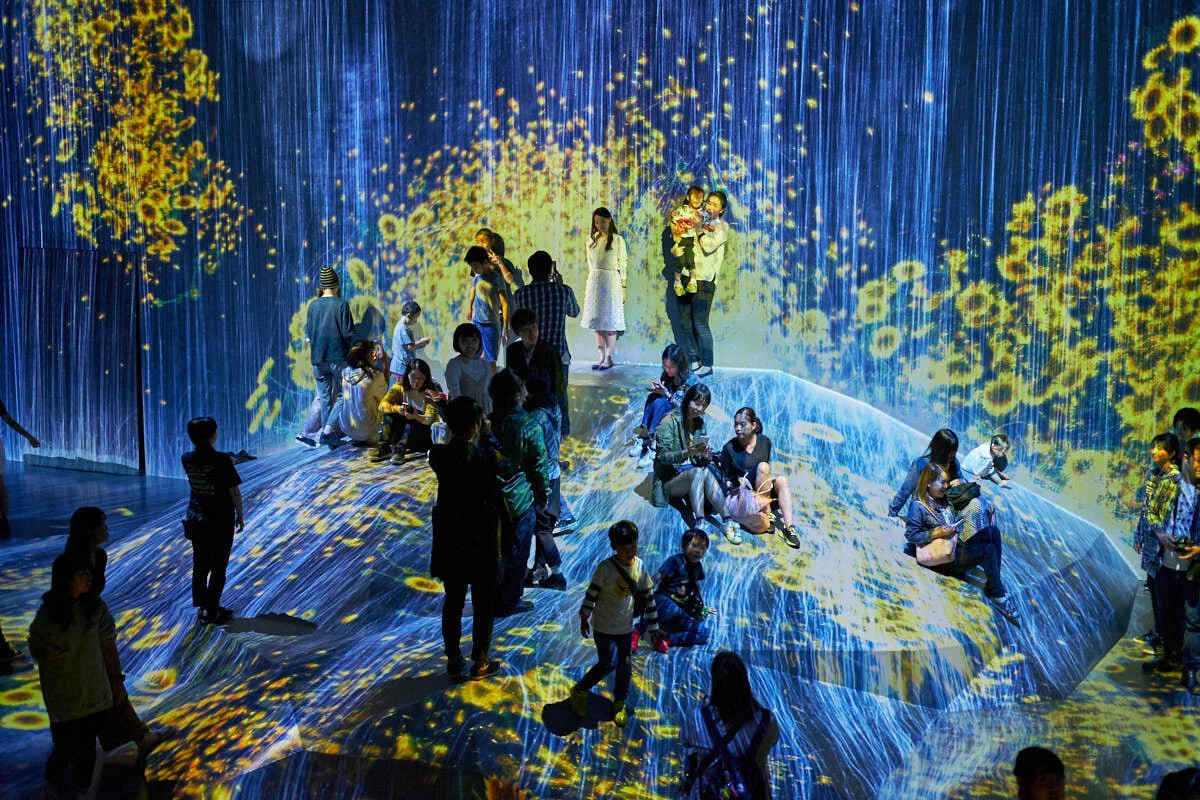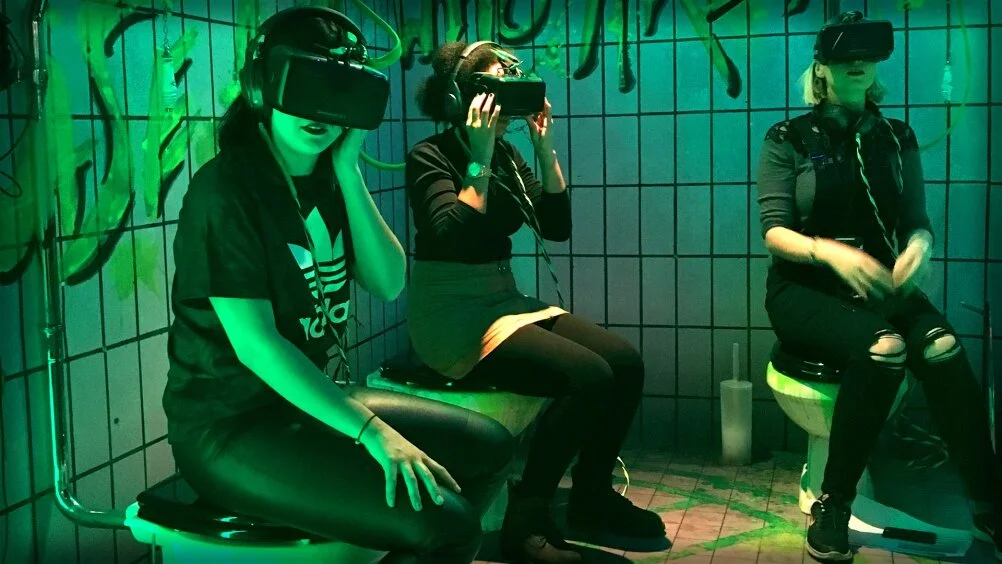The hype around non-fungible tokens (NFTs) seems to be reaching a fever pitch. With news of certain digital art pieces selling for tens of millions of dollars and conjecture about what utility these tokens may have outside of the art world, for better or for worse, Web3 has arrived. These technological developments are not just demonstrating a technological evolution, though. They are also creating massive disruption across the visual art industry. The advent of NFTs is spurring a digital r
2021 Top 10 Most-Read Articles
As we welcome 2022 for myriad reasons, be sure to catch up on what you missed in 2021 by reading out top 10 most read articles. Surprisingly (or not), while the last year continued to show interest in covid’s impact on technology and work, our readers were curious about a broad set of content — from NFTs to using technology to track dance. Which of these articles did you read, or miss?
Could It Be Sentience or Just Expert Coding? The Emerging Role of Robots in the Arts
Few innovations represent the intersection of humanity and technology more famously than that of the robot. Like art, robots are the result of humanity’s urge to create something new in its own image – and, also like art, they have become an inescapable part of our world. In a post-pandemic world whose inhabitants have become accustomed to virtual experiences, these robotic arts roles, including facilitating virtual museum visits, performing through a computer program rather than a script, and creating what maybe approaching original and creative art, are probably here to stay.
Artistic Futures: Digital Interactive Installations
The concept of interactivity in the artistic field became popular in the 1950s due to the realization that interactive art could serve as a bridge between connecting artists and audiences in new ways. More importantly, audiences were able to become part of the artwork through their expression in experiencing the artistic process. These advances have led to greater accessibility in individuals’ artistic experiences. Moreover, the physical return to museums and galleries post-covid enhances digital interactive installations since audiences can experience this art live in a physical space, fostering a new sense of curiosity and community. The more frequent implementation of digital interactive installations in the technological age is just the beginning of its artistic evolution. The digital world of art is a hub of creativity and eager exploration, paving the way for a bright and innovative future for a fairly new form of art.
Positive Implications of Deepfake Technology in the Arts and Culture
Deepfakes, one of the hottest topics to burst onto the technology scene in the last five years, have received a lot of negative publicity because of the risks they can present in the hands of bad actors. However, when used in good faith, they have many positive and exciting uses within the arts and culture sector. This report will briefly explain what deepfakes are and how they work, as well as some of their weaknesses and negative implications. Additionally, three case studies will examine the positive ways in which deepfakes can be used in artistic and cultural institutions.
Using Augmented Reality in Classical Music
How can the visual technology of augmented reality be used to enhance audience engagement with classical music and in the music industry as a whole? In the arts realm, AR has been used in both the classical music and popular music realms to cultivate audience engagement with visual components to the listening experience. This article provides an overview of AR as a technology and its usage in the music industry.
How VR and AR are Changing the World of Immersive Theater
In the ever-changing and technologically advanced age that we are currently in, there are integrations of new technologies into our lives almost everyday, and the arts are no exception. The world of theater, especially that of immersive theater, has been experiencing a technological revolution of its own thanks to advancements in and the adoption of virtual reality (VR) and augmented reality (AR). Contributor Amelia Stevens explores this in her research.
NFTs and Arts Management
As the world seemed to erupt with NFTs in spring 2021, AMT Lab thought it would be an appropriate time to curate a collection of essays on the emerging, some might say exploding, world of NFTs with a focus on the arts and technology’s disruptions. The following article provides context to the arts marketplace, ownership, and the disruptions caused by blockchain technology, especially NFTs, and concludes with a short commentary on the forthcoming collection and an existential thought to send you along your way down the rabbit hole of NFTs and blockchain.
AI Art and the Nature of Creation
Crypto Art's Origins and Future
Our recent articles have examined NFTs’ recent rise and issues surrounding their environmental impact. This article looks more in depth at crypto art’s origins and the place it will hold in the future. Crypto art will continue to advance and evolve, so understanding its current impact will help those in the art world maximize its potential.















